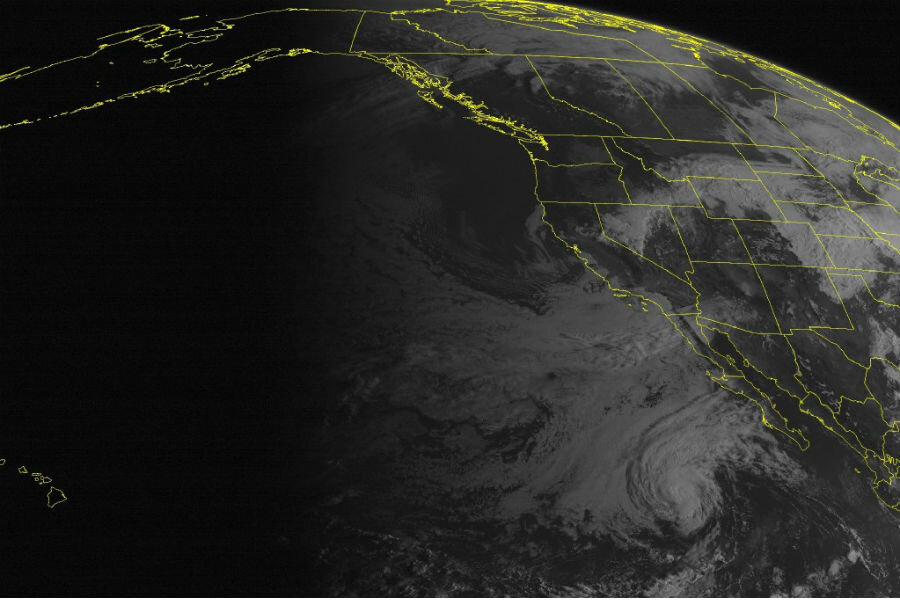La Niña: less likely than expected?
Loading...
After the "El Niño" effect died out earlier this year, meteorologists all over the country predicted that "La Niña" would be hard on its heels in the coming winter.
But recent NASA satellite data has led the National Oceanic and Atmospheric Administration (NOAA) to reevaluate the initial prediction. The organization is now saying that a standard winter is more likely in the months ahead.
El Niño and La Niña ("The Boy" and "The Girl," respectively), are names given to meteorological phenomena tied to the surface temperature of waters in the Pacific Ocean. During El Niño, those temperatures are unusually high, leading to changing weather patterns across the globe. La Niña will often follow an El Niño pattern, creating mostly opposite effects from its warmer brother.
As recently as June, climatologists had projected a 75 percent chance this spring that Niño-to-Niña cycle would play out. But the cool waters that started bubbling to the surface in May from the equatorial Pacific are not shaping up to be as cool as initially expected.
In a La Niña cycle, the cool equatorial Pacific waters interact with cooler air, which sinks down to lower altitudes. Meanwhile, the always-warm waters in Indonesia buoy warm air to higher altitudes, where they interact with the equatorial air. This causes increased convection in the atmosphere, creating wind that blows strongly from east to west near the ground and west to east higher in the atmosphere. This phenomenon, known as Walker Circulation, is key to producing the La Niña weather patterns across the planet. According to NOAA, the water at the equator is cool enough, but the equatorial ocean is expected to warm to normal temperatures by the time winter begins, so the Walker Circulation pattern will probably not be strong enough to kick off La Niña in time.
While La Niñas have often followed El Niños, history provides plenty of counterexamples, too. Neutral conditions like the one currently predicted followed the El Niños of 1982-83, 1965-66 and 1957-58, according to The Weather Channel.
NOAA currently holds the chances of a La Niña event occurring this winter at 40 percent, based on data provided by NASA satellite measurements.
"We're really trying to bring as much NASA observational data as possible into these systems," said Steven Pawson, chief of the Global Modeling and Assimilation Office, as NASA data is vital to improving near-term climate predictions globally.
Scientists hope that such data will help them better understand the impact of climate change on the El Niño/La Niña cycle as well. NOAA scientists report that no computer models can yet simulate both El Niño and global warming together, making it difficult to accurately predict global climate trends. While many scientists think that global warming may make El Niño cycles more likely, more research is needed.
With La Niña less likely, the forecast for the winter is likely to be El Niño/Southern Oscillation (ENSO) neutral, predict NOAA scientists. In North America, this means Canada, the upper Midwest, and the Northeast will be colder than normal, while the southeast will likely have a wet winter.








